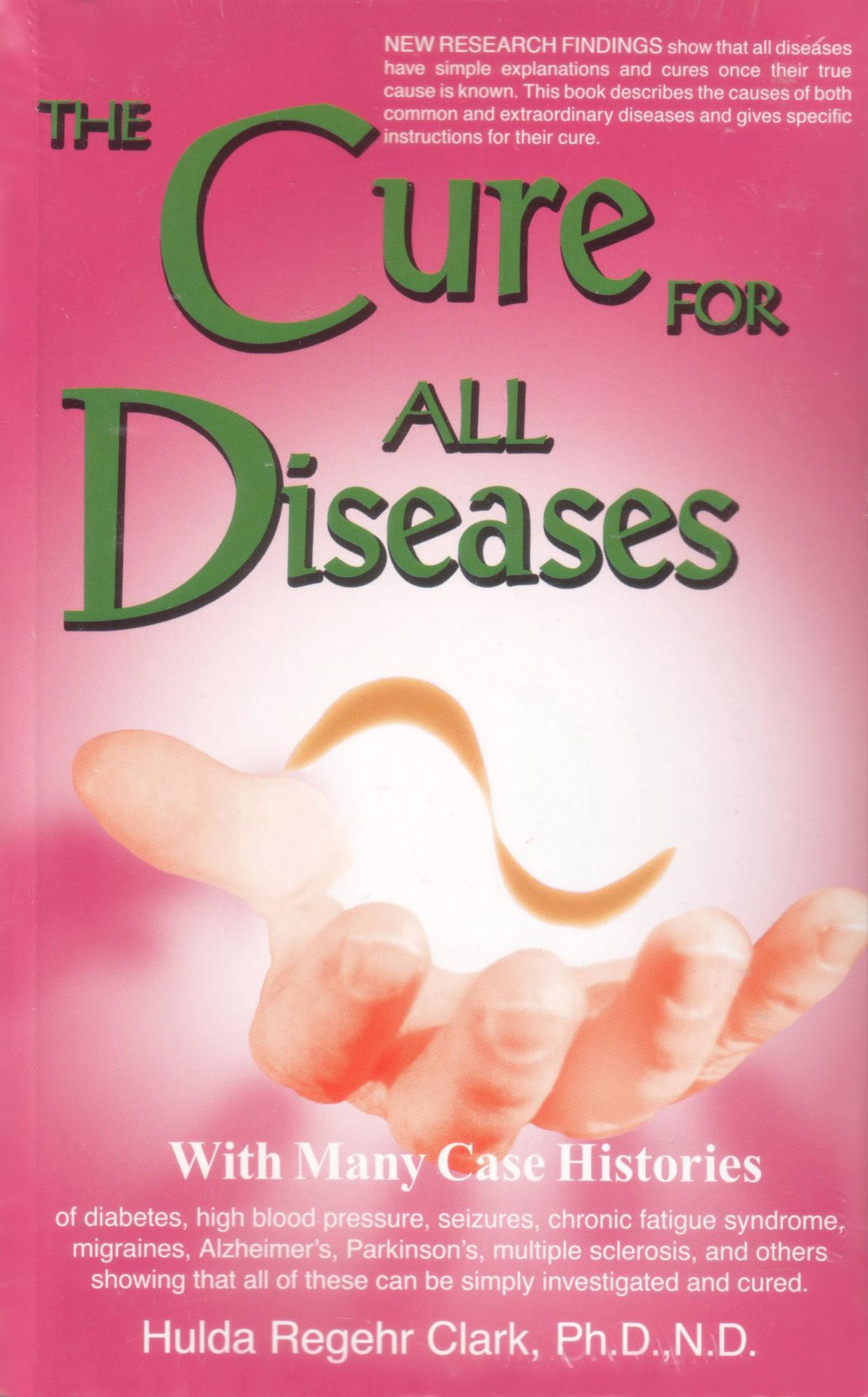

The body is flooded with a range of chemicals, including adrenaline, that trigger physiological changes. When the body is faced with immediate danger, the brain orders the autonomic nervous system to activate the ‘flight-or-fight’ response.

breathing difficulties, including shortness of breath.tingling and chills, particularly in the arms and hands.fear of going mad, losing control, or dying.a strong feeling of dread, danger or foreboding.

heightened vigilance for danger and physical symptoms.

They generally have recurring and unexpected panic attacks and persistent fears of repeated attacks. A person who experiences recurring panic attacks is said to have panic disorder, which is a type of anxiety disorder. Some people may develop panic disordersįor many people, the feelings of panic occur only occasionally during periods of stress or illness. The person may choose to avoid a wide range of situations (such as leaving their home or being alone) for fear of experiencing an attack. Without treatment, frequent and prolonged panic attacks can be severely disabling. A panic attack can also be called an anxiety attack. Up to 35 per cent of the population experience a panic attack at some time in their lives. However, the physical and emotional effects of the attack may last for a few hours. A panic attack can last from a few minutes to half an hour. Panic attacks occur frequently and unexpectedly and are often not related to any external threat. These can include a racing heartbeat, shortness of breath, dizziness, trembling and muscle tension. A panic attack is a brief episode of intense anxiety, which causes the physical sensations of fear.


 0 kommentar(er)
0 kommentar(er)
